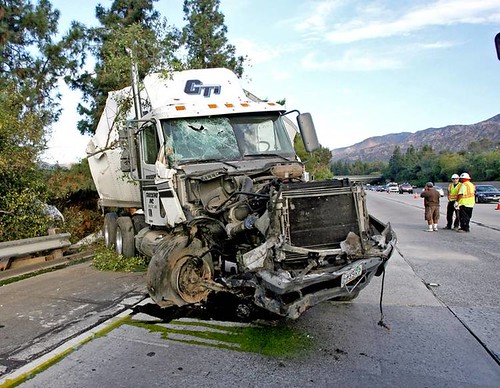
Getting injured in a truck accident can be serious or fatal because the victim may suffer from serious physical injuries such as traumatic brain injury and spinal cord injury. Under the law, a big rig accident victim has the legal right to file for personal injury lawsuit provided that the mishap was not his fault.
Proving negligence
The first step involved in filing for a personal injury claim due to a truck accident is proving negligence of the other party. Pursuant to tort law, a person may be considered negligent if he or she has caused harm or injury to another because of failing to provide reasonable care.
Generally, it is difficult to prove one’s negligence on personal injury cases, which is why getting legal assistance from California attorneys is always suggested and almost necessary. Injury claims often involves dealing with complicated legal structures. Hence, it would be best to seek legal help from expert litigators.
Obtaining compensation pay
Road accident victims always have to spend on medical treatments, therapies, and medications. Moreover, they have to deal with lost earnings due to the accident. Although such scenario is common for almost all accident situations, truck accident victims should not take the issue lightly. Instead, they should make sure that the negligent motorist involved will provide compensation for the either economic or non-economic damages.
The following are common damages a truck accident victim may assert for from the liable individual:
· Medical expenses
· Property damages
· Pain and suffering
· Loss of income
· Emotional distress
· Loss of consortium
· Legal costs and/or attorney fees
California attorneys always remind big rig accident victims to learn their rights under the law in order to successfully file for a personal injury claim. Having a legal representative for injury claim is always helpful when it comes to proving negligence of the liable individual and successfully obtaining damages.





















0 comments:
Post a Comment